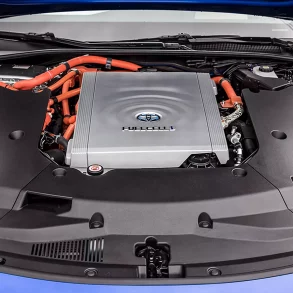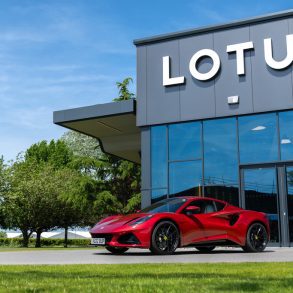Summary
- 2019 saw a slight dip in production and car sales after a decade of growth
- 2020 and the global pandemic shut down major parts of the automotive industry, most importantly parts suppliers
- As the world emerged from the pandemic, the ripple effect of needing to adopt “Just in time” supply chains, as well as the rise of people buying new cars online, saw prices rise
- This was exacerbated by the global silicon shortage that hit at the very tail end of 2019, and which the world is still recovering from
- The net effect is that most of the costs of supplies to build the cars we want are passed down to us, the end user
- We think that unless something miraculous happens, we will not see prices at pre-pandemic levels again, but such are the costs of buying a car in 2024
In 2020, the automotive industry ground to a nearly complete halt. Factories were closed, suppliers stopped production, and the supply chain as a whole was severely disrupted.
The global pandemic drastically decreased vehicle production for both 2020 and 2021, but more so than that, it brought about supply chain issues that have been festering ever since, with the bulk of the costs of those issues being passed on to the consumer.
Add to that the silicon shortage that had just started at the end of 2019, and a perfect storm of issues has been rippling through carmakers since. Today, we’ll take a look at a few significant issues that are keeping supply chains stretched thin, and why it is unlikely we’ll ever see production or prices of cars at pre-2020 levels for a long time.
“Just In Time” Production Taking Its Toll
Before the global pandemic, across many carmakers, ample supply was in place before a car started its journey down the production line. Yet, when the pandemic hit, that available supply was quickly used up.
Many carmakers were forced to switch to the “Just In Time” delivery of supplies to finish making the cars that were already moving down the production line that day or week. This was necessitated because suppliers need their own raw materials to make their part, themselves operating on the same just in time supply delivery system.
The immediate and ongoing effect are both easily seen in passenger cars produced in 2019, 2020, and 2023 in the US. Keep in mind this is not taking into account commercial vehicles.
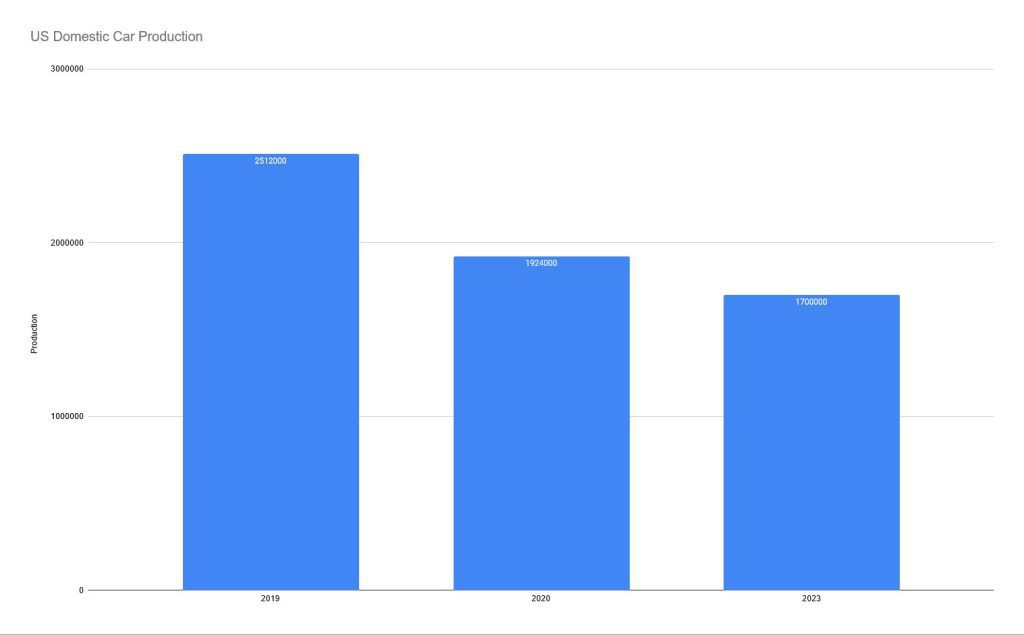
With 2019’s 2,512,000 cars produced as the baseline, 2020 saw a dip of 23% to 1,924,000 produced, and by 2023 production has fallen a further 11.6%, to just over 1,700,000 vehicles produced domestically.
Globally, the same is true in that 2019 had a baseline of 92,200,000 passenger vehicles produced, which was the first year in a decade that production had not grown. 2020 saw that drop to 72,000,000, a decrease of 21.9%.
However, the global industry has had a stronger recovery, with 89,800,000 cars produced in 2023, although this is still over 2.6% short of the 2019 levels.
E-Shopping Causing The Just In Time Issues
It used to be that you needed to go to a dealership, sit in a few cars, feel them out, see which one you liked the most. Then drive to the next dealership and do the same, on and on, until you found your car.
Nowadays, you can buy a car online, without even needing to leave the comfort of your home. On top of that, cars these days have so many options and packages you can add to them that keeping a dealership inventory of prebuilt trims is becoming less and less efficient.
This is where building a car with just in time supply arose from, on top of the global pandemic. While some companies like Tesla have this down to a fine art and build cars with subscriptions you can sign up for to unlock parts already in the car, many automakers are still in the first stages of offering fully built cars online.
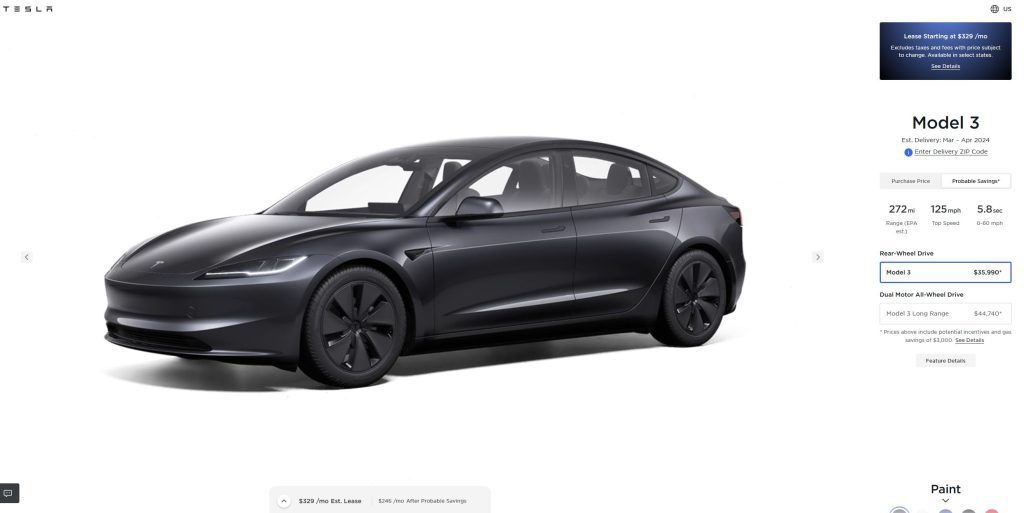
This is also one of the reasons that many automakers slashed trim levels and even some entire models out of their lineups, but that’s an article for another day.
This whole e-shopping experience was exacerbated by the pandemic and lockdowns, and while there is conflicting data about what it was valued at in 2019, by the end of 2020 the global e-commerce market for automobiles was reaching $38.67 billion.
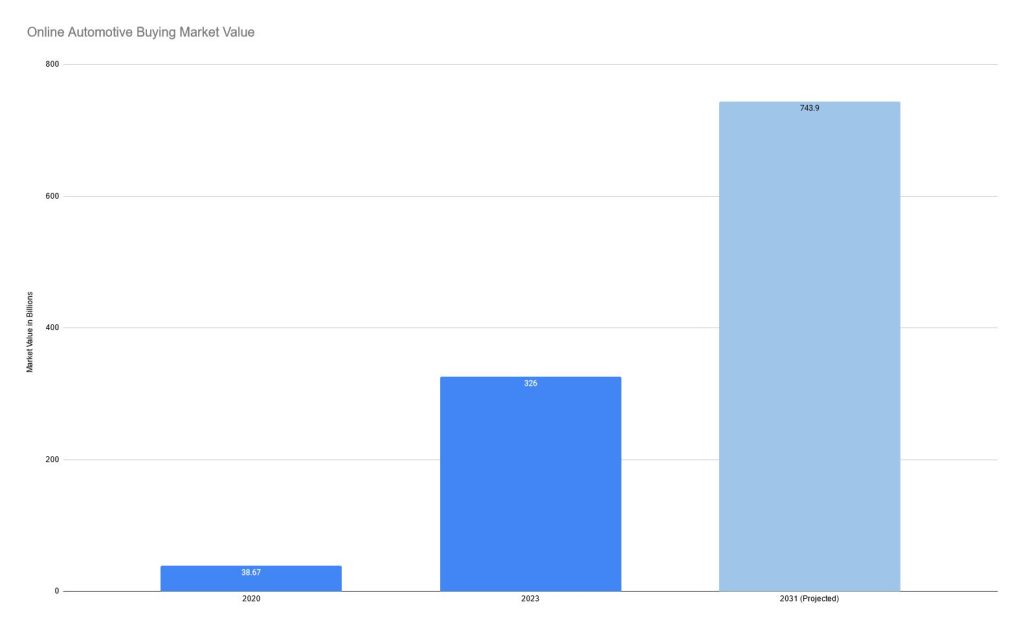
This has exploded ever since, with the market value by the end of 2023 almost ten times as much, at $326 billion. Analyst at many thinktanks are expecting a growth rate of 9.6% or better over the next decade, with the market valuation of online car sales breaching $1 trillion sometime between 2033 and 2036.
Recovery From The Silicon Shortage Is Still Ongoing
Part of the expected growth of the automotive sector in the next decade is the eventual wide-spread uptake of EVs. Nevertheless, even modern cars are controlled by two, three, or even more computers that are constantly processing inputs and data to optimize the driving experience.
Although felt much more in the computer industry, at the very tail end of 2019, parts prices for electronics skyrocketed as silicon supply, a crucial branch of making CPUs and processors, experienced severe disruptions.
The ripple effect of the supply chain disruption was twofold: First, it curtailed overall chip production by nearly 20%, which rose to nearly 50% when the pandemic hit, and secondly, it made each chip produced more valuable, which increased taxation and tariffs on them.
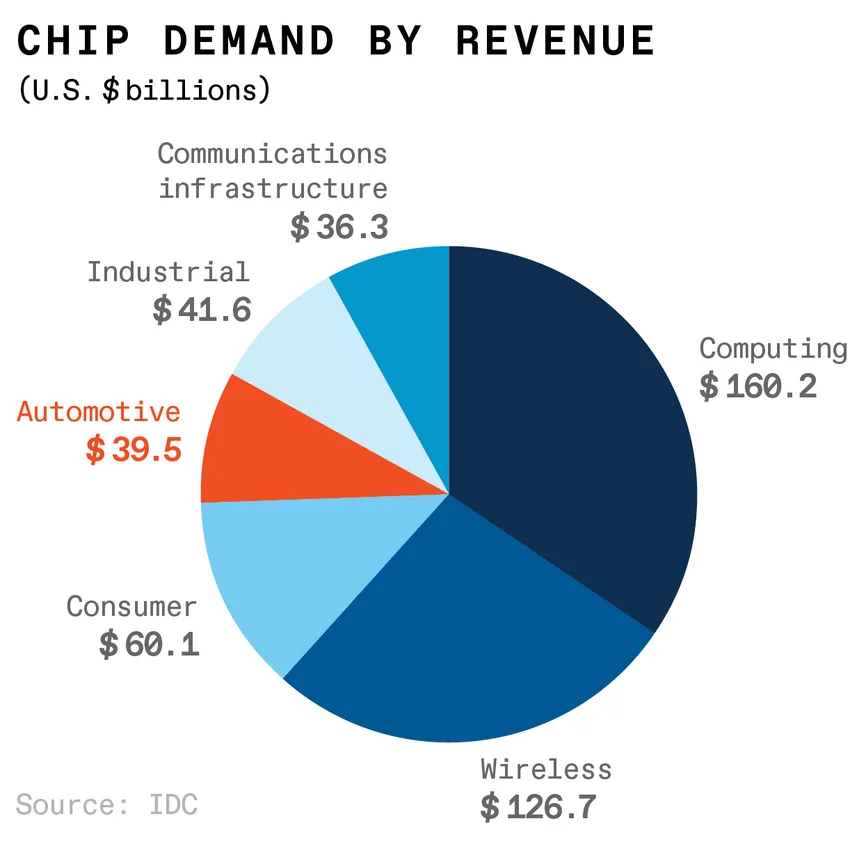
This, unfortunately, meant that the bulk of the bill was footed by the consumer. If you ever wondered why smartphones, computer graphics cars, and EVs all shot up hundreds, sometimes thousands and tens of thousands of dollars in 2020 and 2021, that is the reason.
While the industry has recovered, there is still an ongoing bidding war from every company that builds electronics, with many carmakers joining that battle due to the rise of EVs in their model ranges. This still causes the ripple effect of the consumer footing the bill, and many analysts think that we will never see the low prices for supply of the 2015 to 2019 years again.
The Industry May Never See Pre-2020 Pricing Again
The simple fact of the matter is that everything happening in the supply chain is just one gigantic snowball effect running down the side of a very steep mountain. We, the consumers, are the ones waiting at the bottom to either catch the snowball or be absolutely steamrolled by a snow-boulder, and we won’t know which one it is until it’s about a foot in front of our face.
Some companies are being proactive in absorbing a lot of the costs of supply chain issues, with the most notable being Tesla. They slashed fully a third off of the prices of their EVs in mid-2023, not because they had resolved the supply chain issues, but because they have the mass-market volume to absorb that profit hit and still make money.
We think that unless the big controlling interests in companies (GM, VW Group, Toyota Group, Stellantis, Fiat, et al) do the same, pricing of the vehicles we want to buy will never drop back to pre-pandemic equivalent levels, adjusting for inflation. It simply comes down to the cost of building the cars we want, with all the options we want, being passed down to us, the end buyer of the thing with four wheels.




